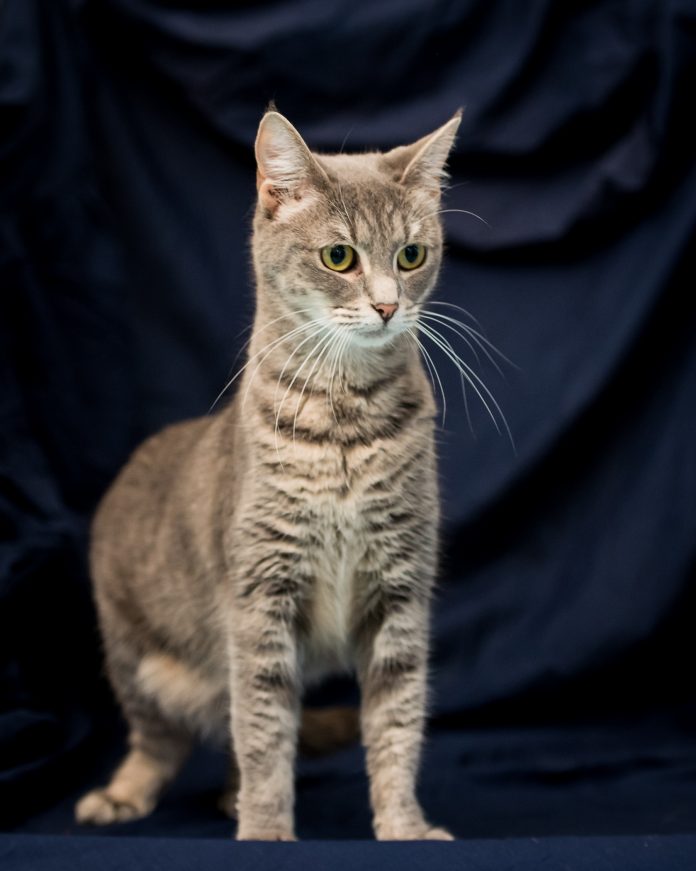New Zealanders love native birds in their towns and cities. But a lot of us love our cats too. In urban areas, there are 220 domestic cats per square kilometre (a typical cat ranges over 2.2 hectares).
As cat owners know, domestic cats are highly efficient killers. A year-long study of 208 cats in urban Dunedin showed that they kill more birds, skinks, geckos, and weta than rats and mice.
The Dunedin research, carried out using 37 Dunedin cats that were known to be prolific hunters, also found that placing bells on cats halved the number of birds caught: without collars, the cats caught 378 animals, including 82 birds, but only 41 birds were caught when the cats wore bells.
Domestic cats are predators that we have direct control over – so by being responsible cat owners, we can make a real difference.
Responsible cat ownership means:
- Sterilising your cat.
- Keeping the cat inside as much as possible.
- Attaching a bell to its collar.
- Seriously considering whether you replace your cat when it dies.
- Doing your own rat and mice control, rather than leaving it to your cat (research shows that rodents make up only about a quarter of the species cats hunt. Native animals make up nearly 50 per cent).
There is ample evidence of the threat cats pose to wildlife, and of how being a responsible owner does reduce the damage they do.
The Dunedin study was carried out in 2010, at the University of Otago, by Dr Yolanda van Heezik and Dr Christoph Matthaei. Forty three per cent of animals killed were native to New Zealand. Birds (including exotic birds) and invertebrates formed the bulk of the count (26 per cent for each). Mice made up 23 per cent, then lizards 11 per cent. Native birds made up 6 per cent.
Dr van Heezik’s study found that domestic cats killed large numbers of native birds, and that species like fantail only existed in urban areas because populations restocked themselves with birds from outlying areas, as cats killed the urban birds.
The study was based on owners’ reports on what their cats had killed. The results are therefore conservative, as cats don’t always bring their prey home. However, the average number of animals reported killed was 13.4 animals per year per cat.
Using this, we can estimate that New Zealand’s 1.4 million domestic cats alone kill at least 18.76 million animals a year, including 1.12 million native birds. A study in the USA using ‘kitty cameras’ showed that domestic cats on average only brought back to show their owners one in five of their kills. If this figure was similar in New Zealand, then the actual number of native birds killed by domestic cats would be likely to be a lot higher.
None of this accounts for the death toll caused by feral cats – a problem that wouldn’t exist, if it weren’t for the irresponsibility of some owners of domestic cats. Practical experience also points to the huge damage cats do to New Zealand’s wildlife.
There is the well-documented case of a lighthouse-keeper’s cat causing the extinction of the Stephens Island wren. And near Tongariro National Park, one feral cat was filmed killing 102 shorttailed bats in the Rangataua forest, on the side of Mt Ruapehu, in just seven days in 2010.










































































